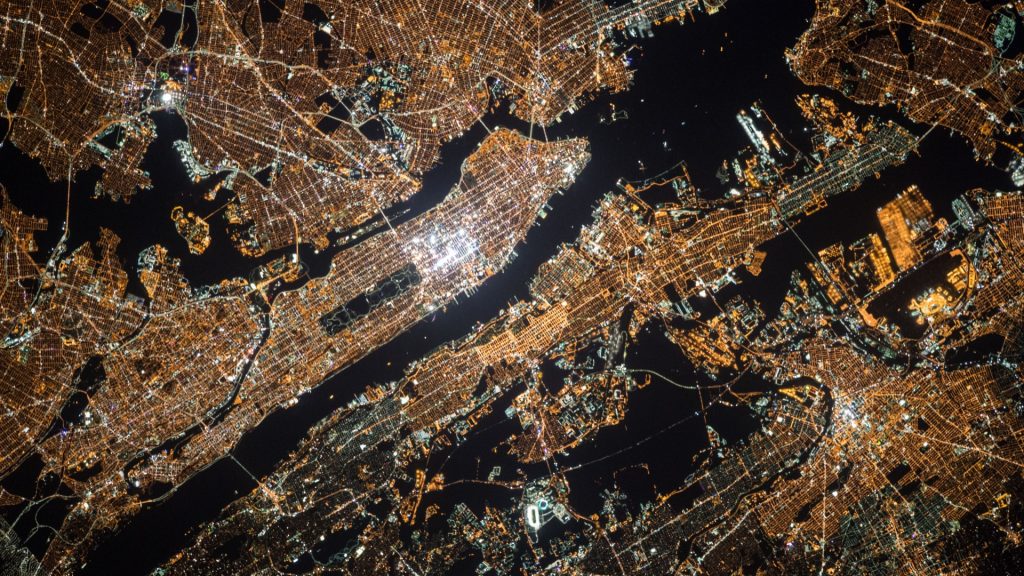Written by Ali Umair, SEO writer, on behalf of Earth Orbiting System (EOS).
The time has come when satellite images are becoming more and more accessible to everyone. This trend has actually been observed throughout the last decade.
The development of space technologies is still ongoing, and there are great opportunities to use valuable data and the results of its analysis in solving a wide range of problems across many industries.
There is a huge list of free satellite imagery providers that can be used to search for satellite pictures to help users solve analytical problems in their business specifically. But how do you choose the right one according to your needs?
In this article, we will cover the most important points to consider when opting for the perfect source of satellite pictures.
Pixels and Resolution
It is common to oversimplify the division of images into high, medium and low resolution ones. This creates confusion and misconceptions based on common knowledge of photography, where resolution is simply measured by the number of pixels in an image.
Whereas in relation to satellite images we are talking about spatial resolution.
The distinction between pixel size and spatial resolution is important because the two are often confused, but they are not interchangeable. When referring to resolution, satellite data providers often refer to spatial resolution, which refers to the smallest feature that can be identified on Earth surface.
It varies depending on the angle of the sensor relative to its target, atmospheric diffraction, and other factors. This means that the spatial resolution – and thus the quality of the information provided – varies from the centre of the image to the edge.
Temporal Resolution
The defining value of using satellite imagery is in the sequence of surveys over a long period of time.
The time interval between two pictures of one place the satellite takes is the temporal resolution, which depends on satellite revisit time. The smaller the time intervals, the higher the temporal resolution.
The higher the temporal resolution, the greater the monitoring capabilities.
Spectral Characteristics
Radiometric instruments on satellites measure the wavelength of electromagnetic radiation that bounces off objects on Earth — called the spectral response — based on the electromagnetic spectrum.
Different objects and matter have different spectral characteristics, providing information about what exactly is being observed.
Each satellite has its own set of spectral bands (i.e. blue, green, red) which they use to measure the spectral response. It is important to note that the length interval of each of the bands is a range, each of which is well defined for a satellite, and is different from one satellite to another.
Wavelength data and spectral sensitivity level provide the information needed to calculate different indices, which in turn provide precise information depending on the index and its purpose.
Imagery Analysis
Raw satellite imagery is of little value for business applications. The information collected from the satellite’s sensors must be processed before it can be used for further analysis.
There are numerous factors affecting satellite imagery that need to be corrected, including:
• Atmosphere.
• Cloudiness.
• Shadows.
• Different spatial resolution due to nadir deviation.
• Different angles of incidence of sunlight due to the relief of the Earth’s surface.
• Topographic curvature.
• Environmental influence.
All this can be corrected or not depending on the satellite provider. Overall, some of the key suggestions that might help when choosing among satellite imagery providers are:
- The pixel size and revisit period are not a proper representation of the resolution of satellite imagery, and simple wording such as high, medium, and low resolution or daily recapture is too fuzzy. Ask questions to learn about spatial and temporal resolution.
- The more satellites a provider uses, the more pixels it has available, which will provide more accurate data. Ask questions to find out how many satellites are available and how they are being used to best assess the quality and quantity of data it can provide for your business.
- The quality of processing is a decisive criterion, in which experience is of no small importance.
- Pay attention to pricing. The cost of satellite images could depend on the spatial resolution, the area of the covered territory, analysis and download options.
The role and efficiency of satellite imagery for businesses is hard to overestimate. Modern satellite pictures are an unmatched source of data for analysis and smart decision-making.

